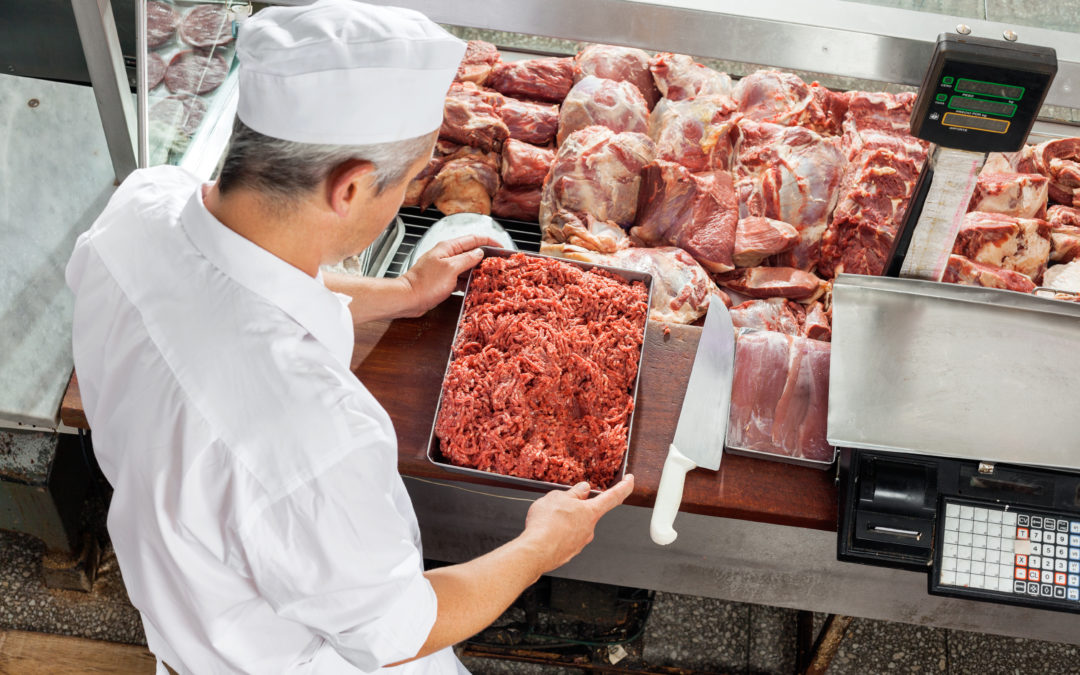We’ve got augmented reality (AR), self-driving cars, delivery drones and a slew of other technology on the verge of rapidly changing the world we live in. Technology like wearable devices have taken over our lives since their introduction keeping us connected, tracking our health and telling us what to do. New technology is everywhere making our lives simpler, faster and more automated.
With so much advanced technology in our lives it’s almost an expectation that simple tasks are replaced by automated processes. For example, dialing a phone used to require people to push 10 digits to connect. Nowadays you can click a contact or ask your phone to call someone. No dialing required.
You’d think when it comes to food safety, technology would be prevalent throughout the entire food supply-chain. Unfortunately, it is not. There are many manual processes still in place that put consumers at risk for foodborne illness.
Even with stringent safety protocols set forth by the FDA, USDA and FSMA people are still getting sick each year. In fact, the CDC reported that, “1 in 6 Americans get sick, 128,000 are hospitalized, and 3,000 die each year from foodborne diseases.” Preventable foodborne diseases effects nearly 17% of the population each year. Eliminating the potential for human error in food safety is critical to reducing the incident rate of foodborne diseases.
The food supply-chain is complex with many links in the chain and many opportunities to streamline manual processes. One of those opportunities is at the deli counter at most grocery stores. Delis are required to track and report food data like temperature monitoring of food in the cases, grinding logs for meat, and sanitation records for equipment among other things. There is no requirement for how it is captured. Therefore, most delis are capturing this information the old fashion way – with pen and paper in a record log.
Relying on deli workers to capture this information is risky. There are a number of reasons that could distract workers from monitoring or recording information or simply cause them to forget. Examples include;
- Dinner and lunch rushes get extremely busy and helping customers comes first
- Deli workers have multiple responsibilities and capturing data is a small task, although critical it can fall to the bottom of the to-do list
- High turnover rate in delis requiring constant training of new employees and while new employees are learning logging data could get missed
If deli workers do manage to capture the information when they are supposed to, the risk still exists that they might not do anything about it if the information they captured is out of compliance. For instance, they may record a temperature reading of a rotisserie chicken in the case that is too cold but not know they need to do something about it to prevent foodborne illness.
Automating data collection is a key step in helping to remove human error. Collecting the data is just one step though. Once data is collected if something is out of compliance there needs to be an automating process to alert someone to do something to get back into compliance. These alerts need to require specific action on a worker’s part followed by verification to prove compliance has been met. By adding automation, alerts and verification to the process human error can be eliminated and risk of foodborne illness originating in the deli reduced greatly.
We’re working hard to reduce foodborne illness in delis and restaurants. We’d love to talk to you about the technology we’re building to automate the food safety process. Contact us today for a demo.

